Your Guide to Back Tooth Cavity Filling: Types, Procedure, and Aftercare
 If you feel a sharp pain when eating something hot or cold, or even when breathing through your mouth, you might have a cavity. Tooth decay is one of the most common dental problems, affecting people of all ages.
If you feel a sharp pain when eating something hot or cold, or even when breathing through your mouth, you might have a cavity. Tooth decay is one of the most common dental problems, affecting people of all ages.
Thankfully, with modern dentistry, treating cavities has become easier, faster, and more effective than ever.
In this guide, we'll walk you through the different types of fillings for back teeth, how the procedure works, and what you can expect during and after treatment.
In this article...
When Is a Filling Needed?
What Type of Dental Filling Do You Need for Your Back Teeth?
When Is an Indirect Restoration More Appropriate?
The Filling Procedure
How Long Can a Dental Filling Last?
Potential Complications of Dental Fillings You Should Know About
How To Care For Your Filling Properly?
When Is a Filling Needed?
Tooth decay is a common dental condition affecting millions of people worldwide. According to a CDC report, 90% of adults aged 20 and older have had at least one cavity.If left untreated, decay can cause irreversible damage to the tooth’s hard layers, including the enamel and dentin, and eventually reach the pulp where the nerves are.
To avoid this trouble, a filling is needed to remove decay and seal the tooth, thus preventing bacteria from entering and causing further damage.
However, in the early stages — when the decay is still limited to the outer layer — good oral hygiene and remineralizing products may be enough to stop or even reverse the damage, without the need for a filling.
But once the decay has progressed and a cavity has formed, a filling becomes the only solution. At that point, you might notice a small hole or a dark spot on the tooth’s surface. It’s important to treat it quickly to prevent it from spreading and causing more serious damage.
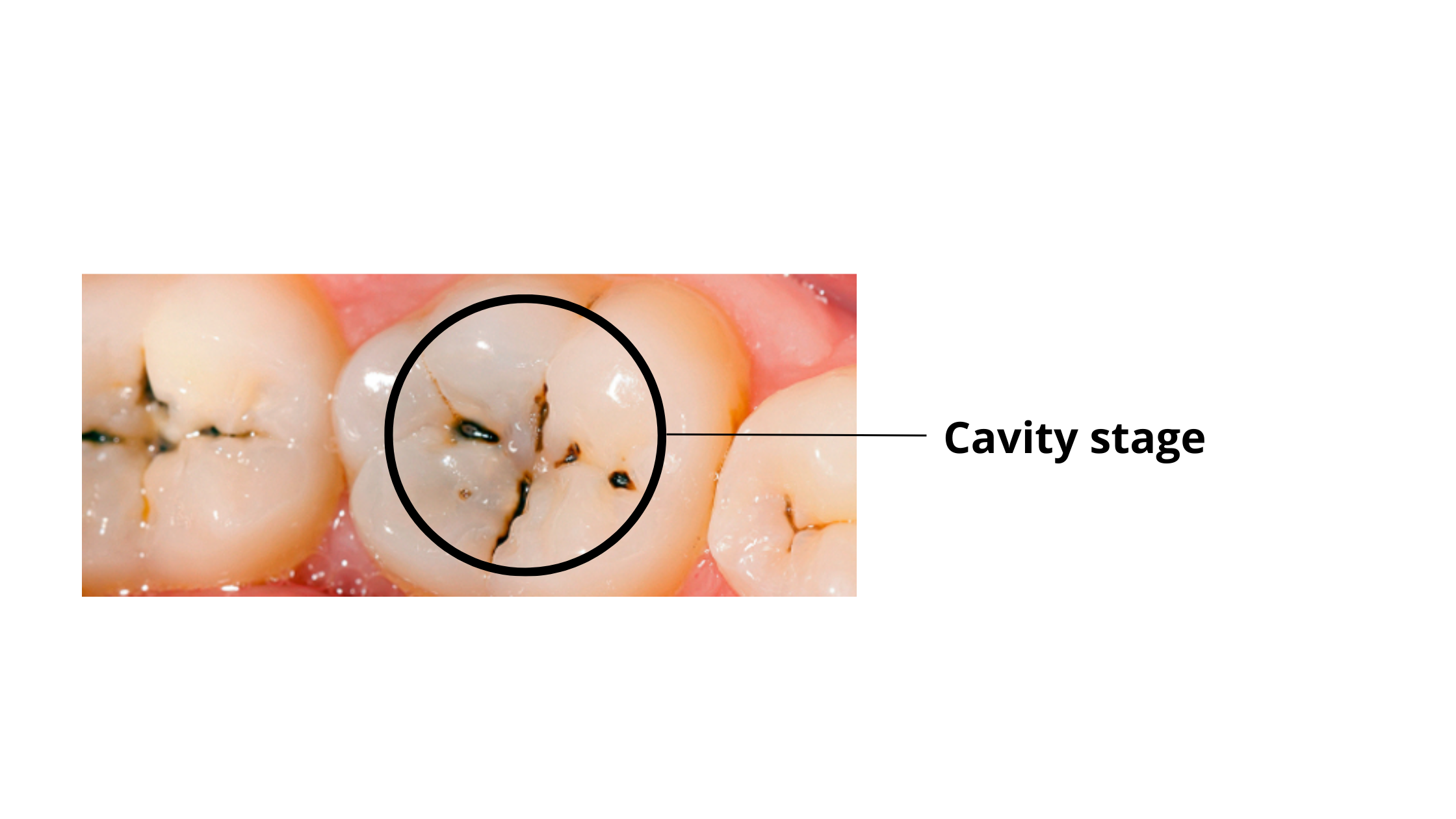
What Type of Dental Filling Do You Need for Your Back Teeth?
Dental fillings are restorations made directly in your mouth, usually completed in just one visit.Direct fillings work best when the cavity is small to moderate.
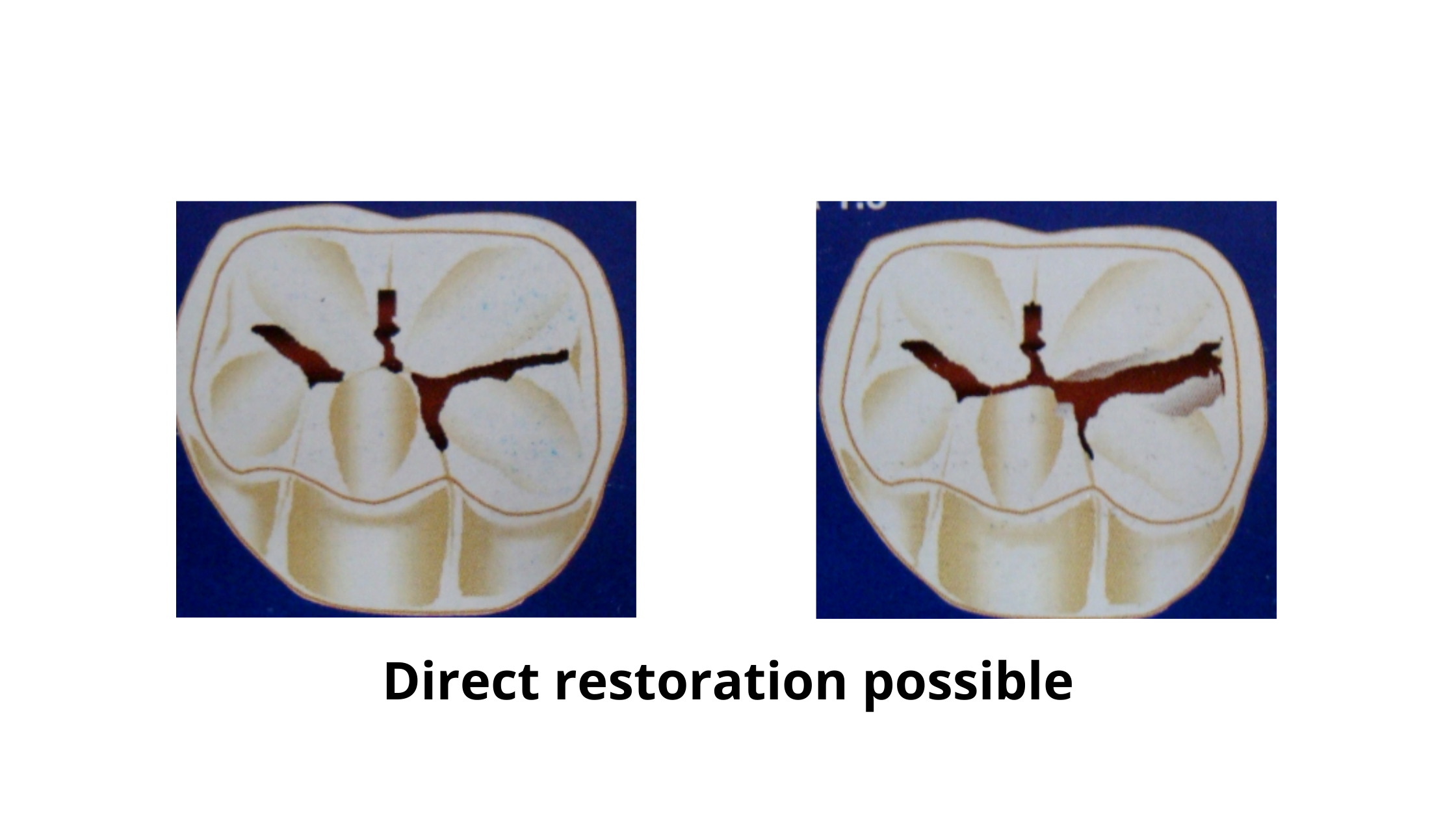
However, if the decay has destroyed a large portion of your tooth, you might need an indirect restoration, such as a crown, inlay, or onlay. These options are stronger and better at protecting the tooth but require lab work — meaning at least two dental visits.
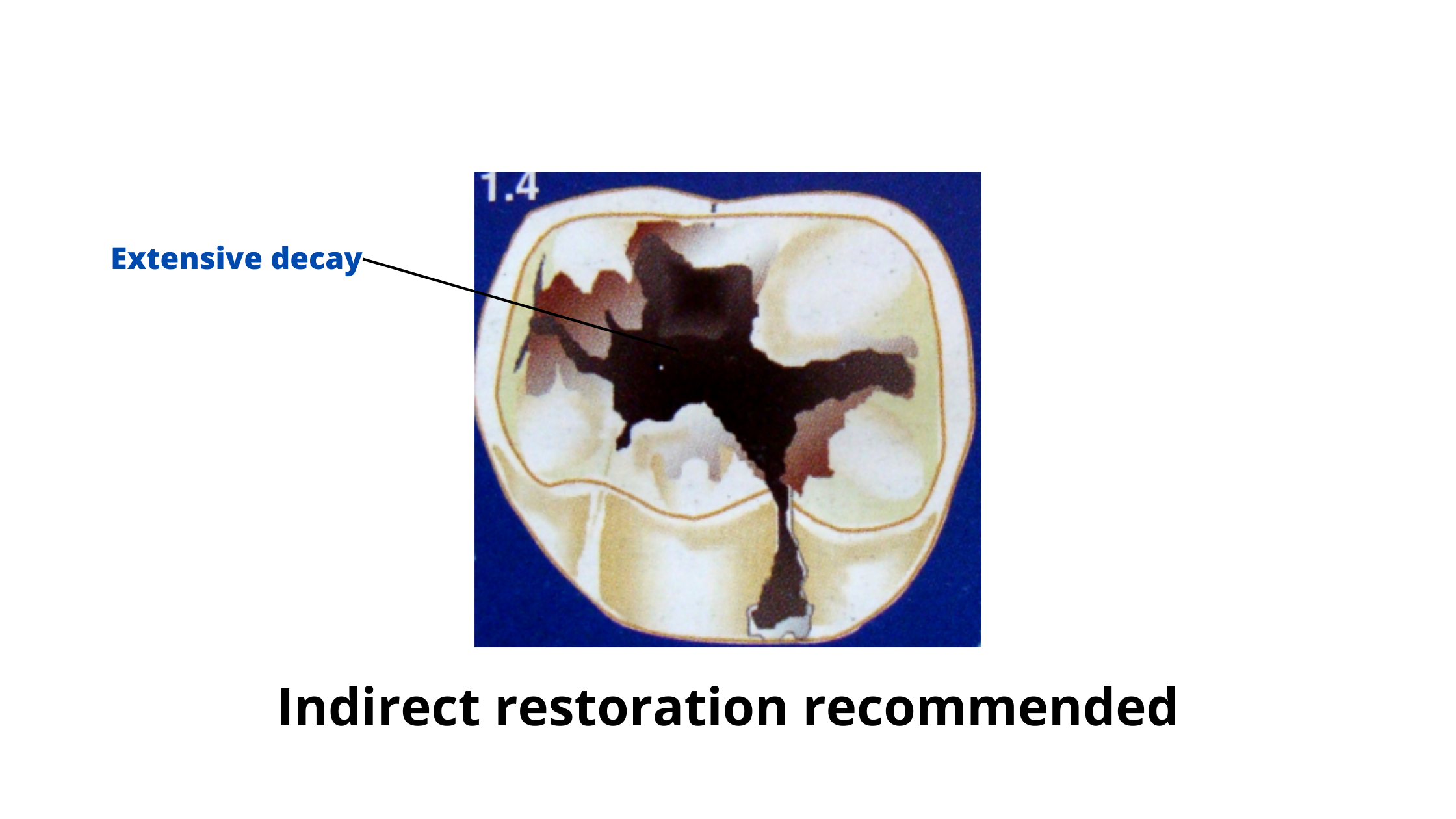
When it comes to choosing the best filling material for your back teeth, it mainly depends on how advanced the cavity is and what result we’re aiming for. Typically, there are three main options: amalgam, composite, and glass ionomer cement (GIC).
1. Amalgam:
Amalgam fillings are among the oldest dental materials used in dentistry and are still popular today.
They are composed of a mixture of metals, including silver, copper, and tin, which makes them strong, durable, long-lasting, and able to withstand the pressure of chewing and biting. For this reason, amalgam fillings are often recommended for larger cavities on the back teeth.
However, amalgam fillings are silver in color and can be visible when you smile, which may not be ideal if you prefer a more natural-looking restoration.
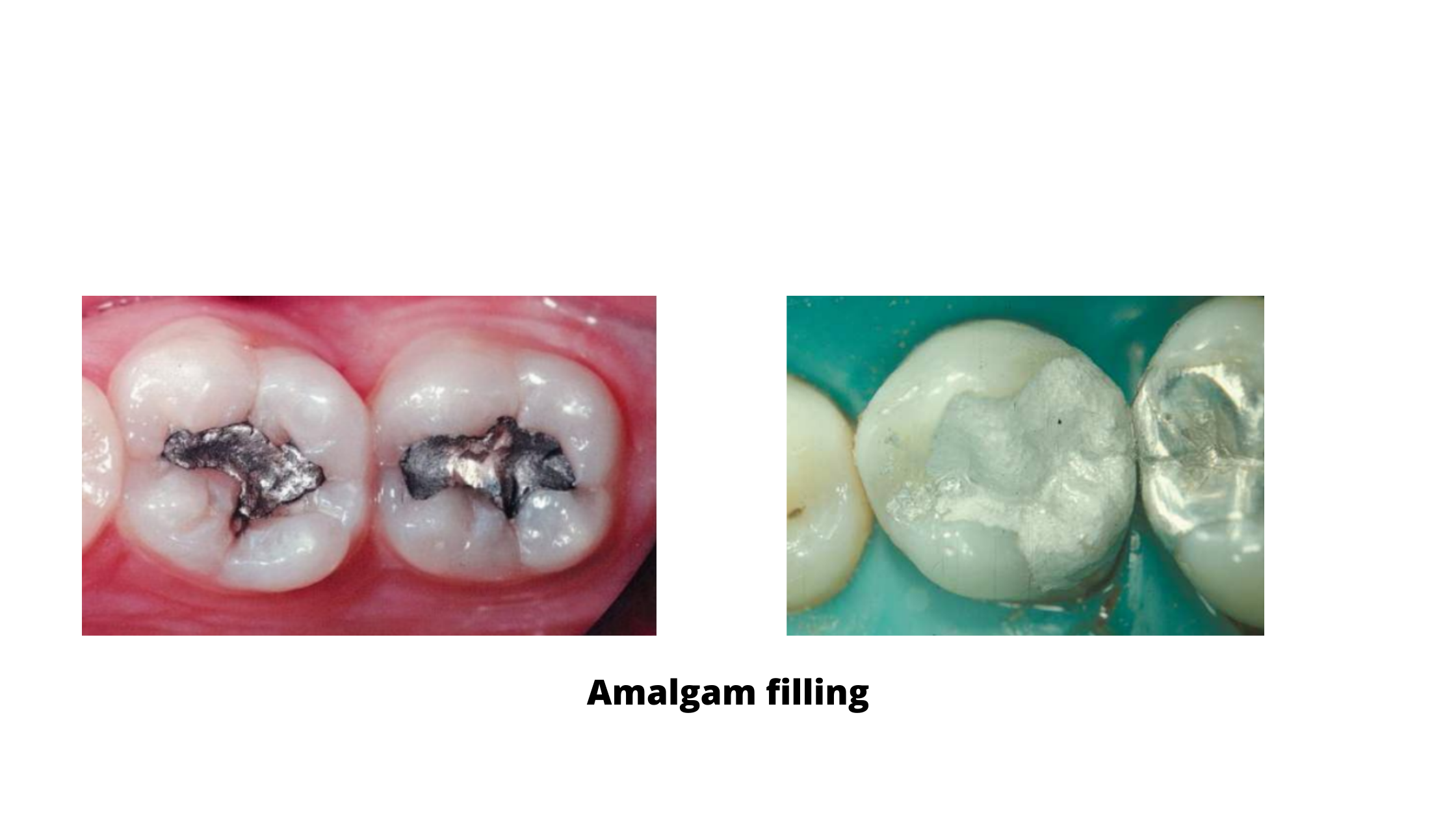
2. Composite:
Composite fillings are tooth-colored and made of a resin material that is bonded to the tooth. Although they are less durable than amalgam, they can be a great option for back teeth and provide a natural-looking restoration that blends in perfectly with your natural teeth.
Composite fillings are also less invasive than other types of dental restorations, as they require less removal of healthy tooth structure. This makes them a popular choice for patients who prefer a natural-looking and minimally-invasive treatment option.
However, composite fillings are not suitable for all situations. They are typically preferred for small to medium-sized cavities, as they may not provide sufficient support for deeper cavities or badly damaged teeth.
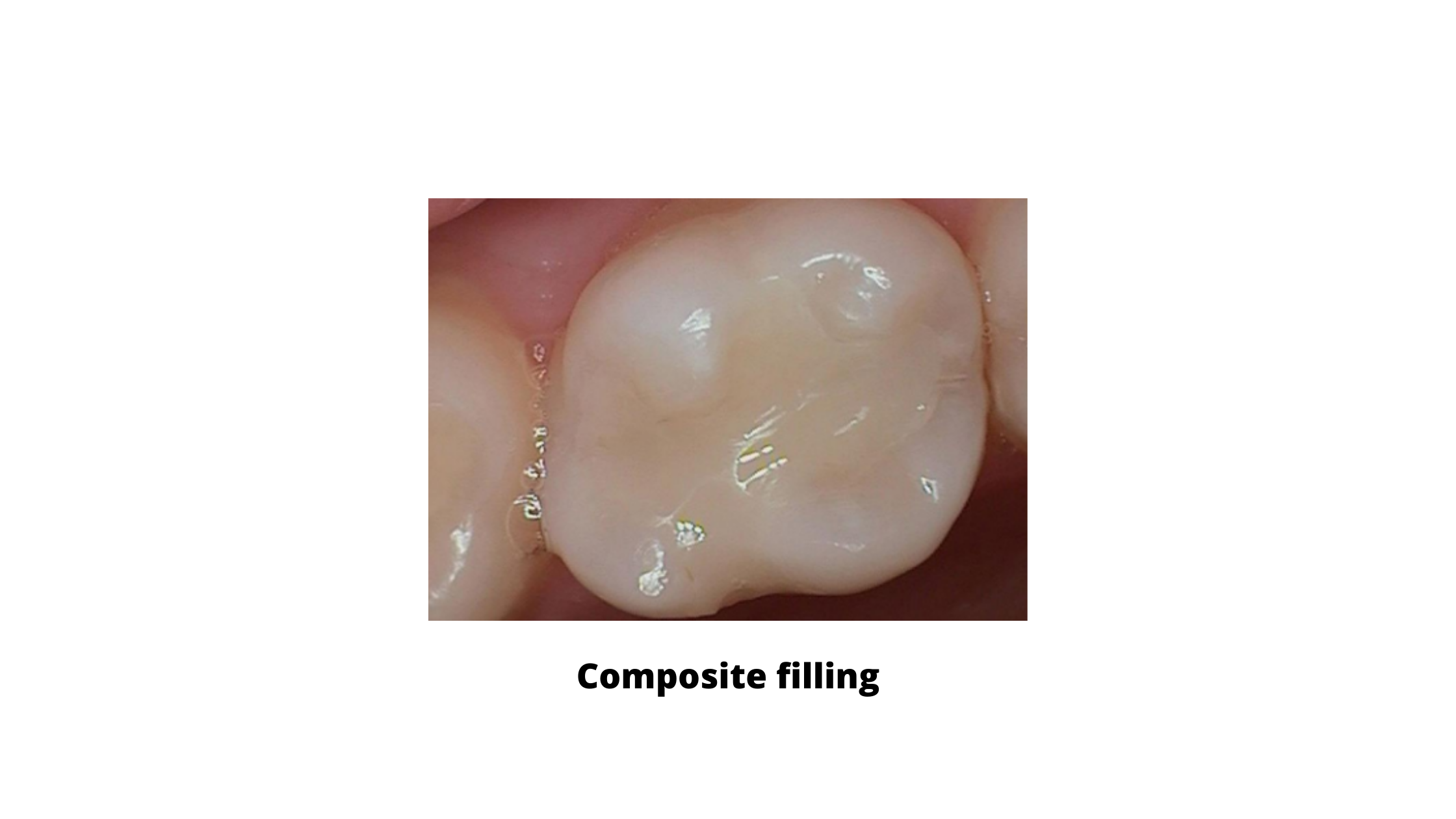
3. Glass Ionomer Cement (GIC):
GIC fillings are a type of dental cement that is made of a mixture of glass powder and an organic acid. They release fluoride over time, which can help prevent further decay and strengthen the tooth. They are also known for their ability to bond to the tooth structure, which means that less healthy tooth structure needs to be removed during the filling process.
However, GIC fillings are not as durable as other types of filling materials like amalgam or composite. They are more prone to wear and tear, which can lead to a shorter lifespan.
When Is an Indirect Restoration More Appropriate?
If your molar is badly damaged — to the point where more than half of the tooth structure is lost — a direct filling may no longer be the best option. In these cases, an indirect restoration is often a better choice to provide strength and protection.Options include inlays, onlays, overlays, and dental crowns.
1. Inlays/Onlays:
These are custom-made restorations that fit into a cavity in the tooth. Inlays can restore smaller cavities without cusps coverage. As for onlays, they can fill larger cavities that extend to one or more cusps.
Inlays and onlays are usually made of porcelain or composite resin materials and require two visits to the dentist - one to prepare the tooth and take impressions, and another to place the final restoration.
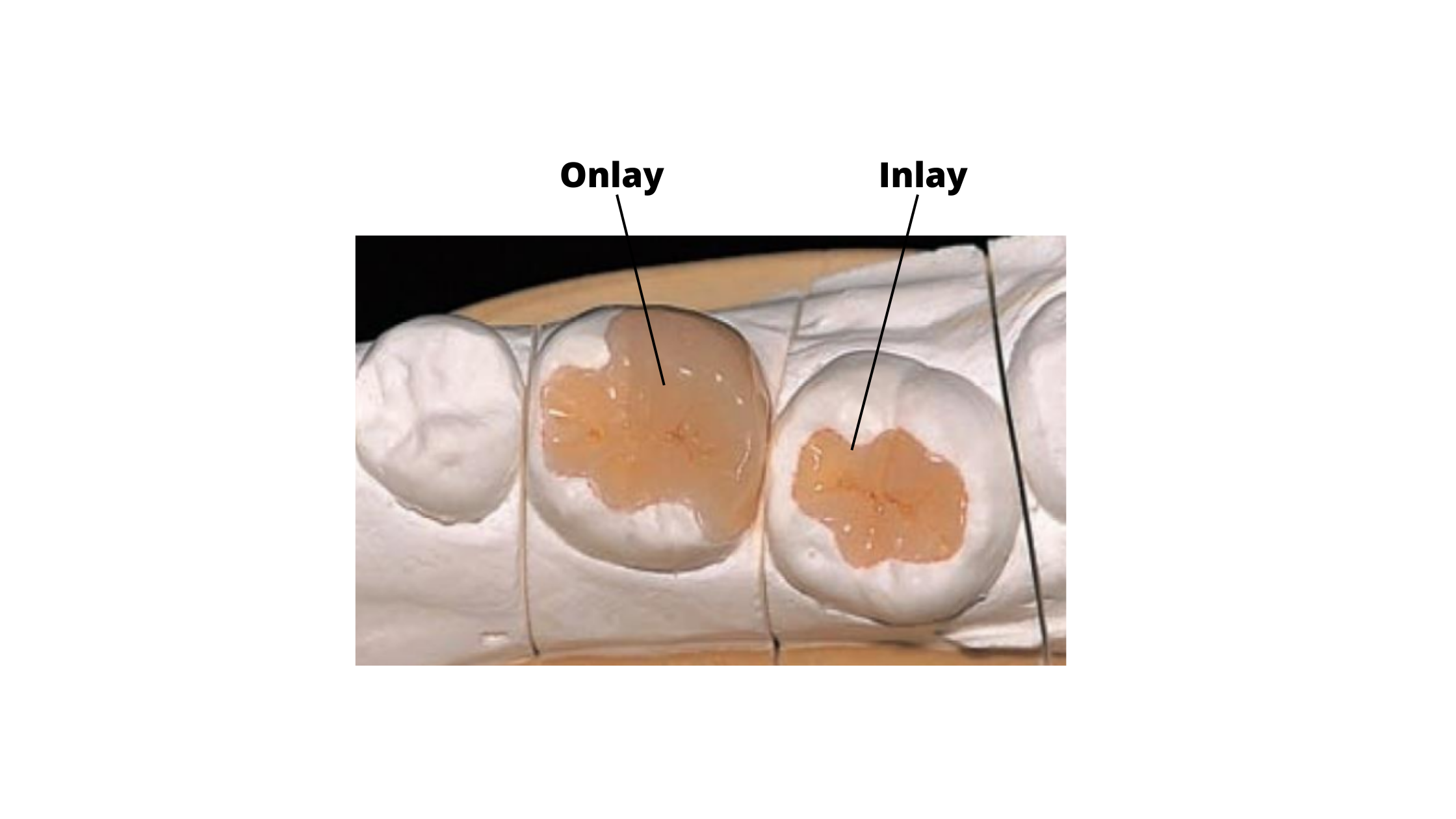
2. Overlays:
These are similar to inlays and onlays, but they cover the entire chewing surface of the tooth, including one or more cusps. Like inlays and onlays, overlays are custom-made in a dental lab and require two visits to the dentist to complete.
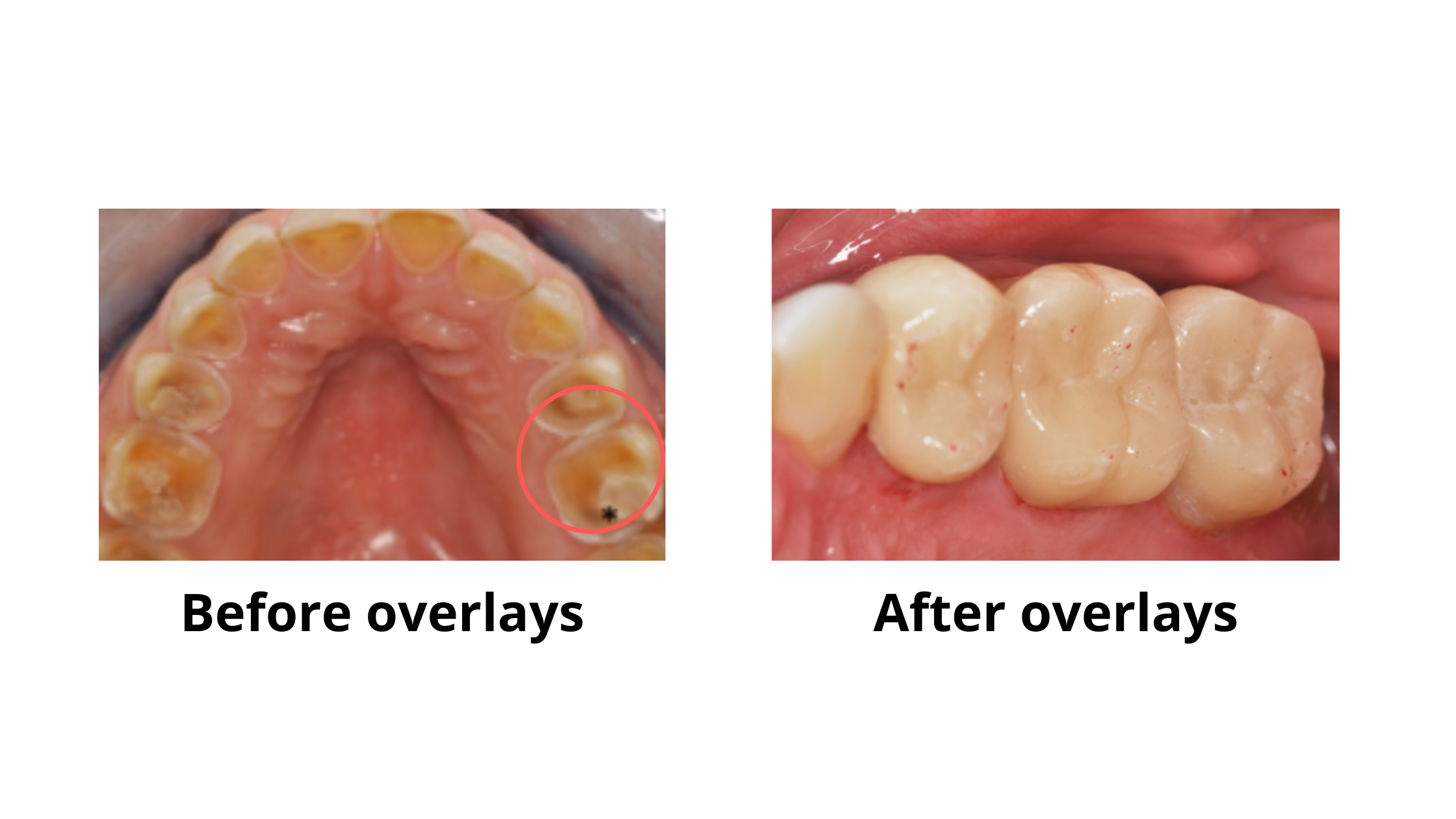
3. Dental Crowns:
A dental crown is a custom-made cap that fits over the entire visible portion of a tooth above the gum line.Crowns are usually made of metal or ceramic materials, or a combination of both.
Crowns are used to restore teeth that are severely damaged or decayed, or that have undergone a root canal procedure. They can also be used to improve the appearance of a tooth that is misshapen, discolored, or otherwise unsightly.
Like the previous ones, crowns require two visits to the dentist - one to prepare the tooth and take impressions, and another to place the final restoration.
The Filling Procedure
The molar filling procedure is relatively straightforward and can usually be completed in one appointment with your dentist. The specific steps may vary slightly depending on the material used, but your dentist will guide you through the process and make sure you feel comfortable throughout. Here are the steps for filling a back tooth with composite:- Local Anesthesia: To ensure you are comfortable throughout the procedure, your dentist will first administer a local anesthetic to numb the area around the tooth being filled.
- Removing the Decay: Using a dental drill or other specialized tools, your dentist will remove the decayed tissue from the tooth and shape it to prepare it for the filling.
- Applying Acid Gel: To help the filling material adhere to the tooth, an acid gel is applied to the surface of the tooth. This gel creates a rough surface that the filling material can bond to.
- Adhesive Placement: Next, your dentist will apply a dental adhesive to the tooth to further enhance the bond between the filling material and the tooth.
- Placing the Composite Filling: Using a special instrument, your dentist will place the composite filling material into the prepared cavity in your tooth. They will shape the filling to match the contours of your tooth and ensure it is properly positioned.
- Hardening the Filling: Once the filling is in place, a special light is used to harden the material. This process, called curing, ensures the strength and durability of the filling.
- Finishing and Polishing: After the filling has hardened, your dentist will trim and shape it to ensure it fits properly with your bite. They will then polish the filling to give it a smooth and natural appearance.
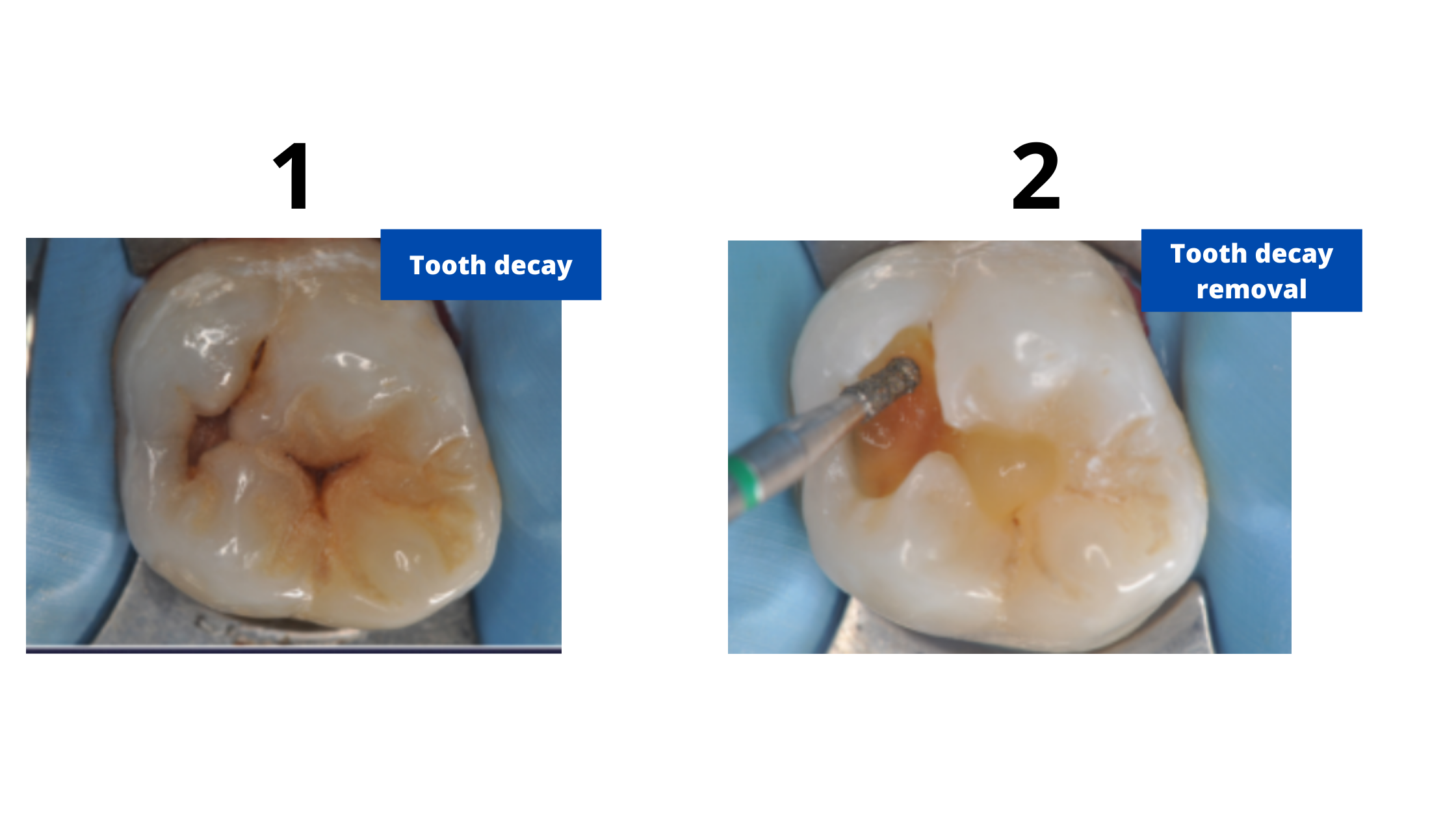
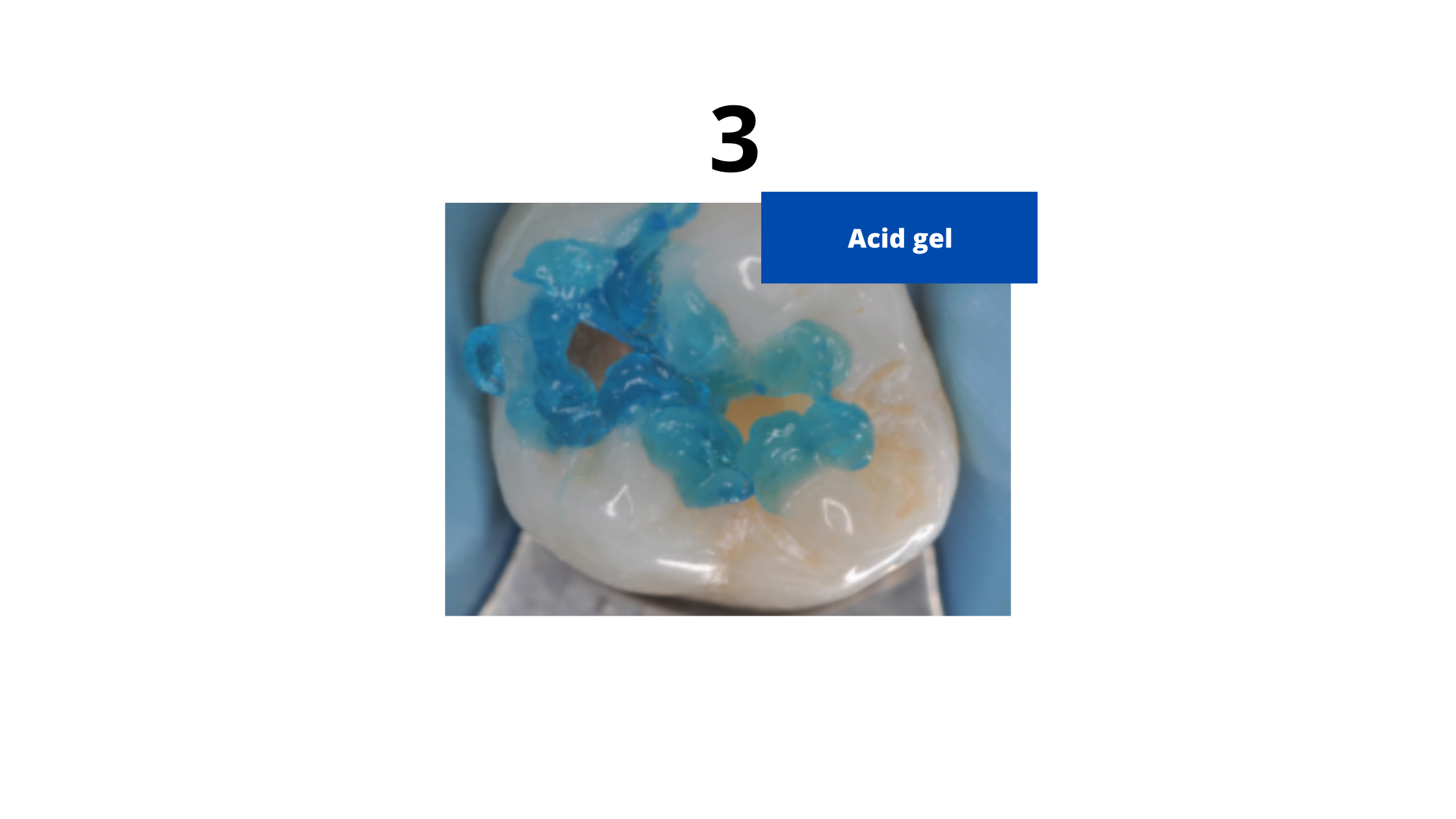
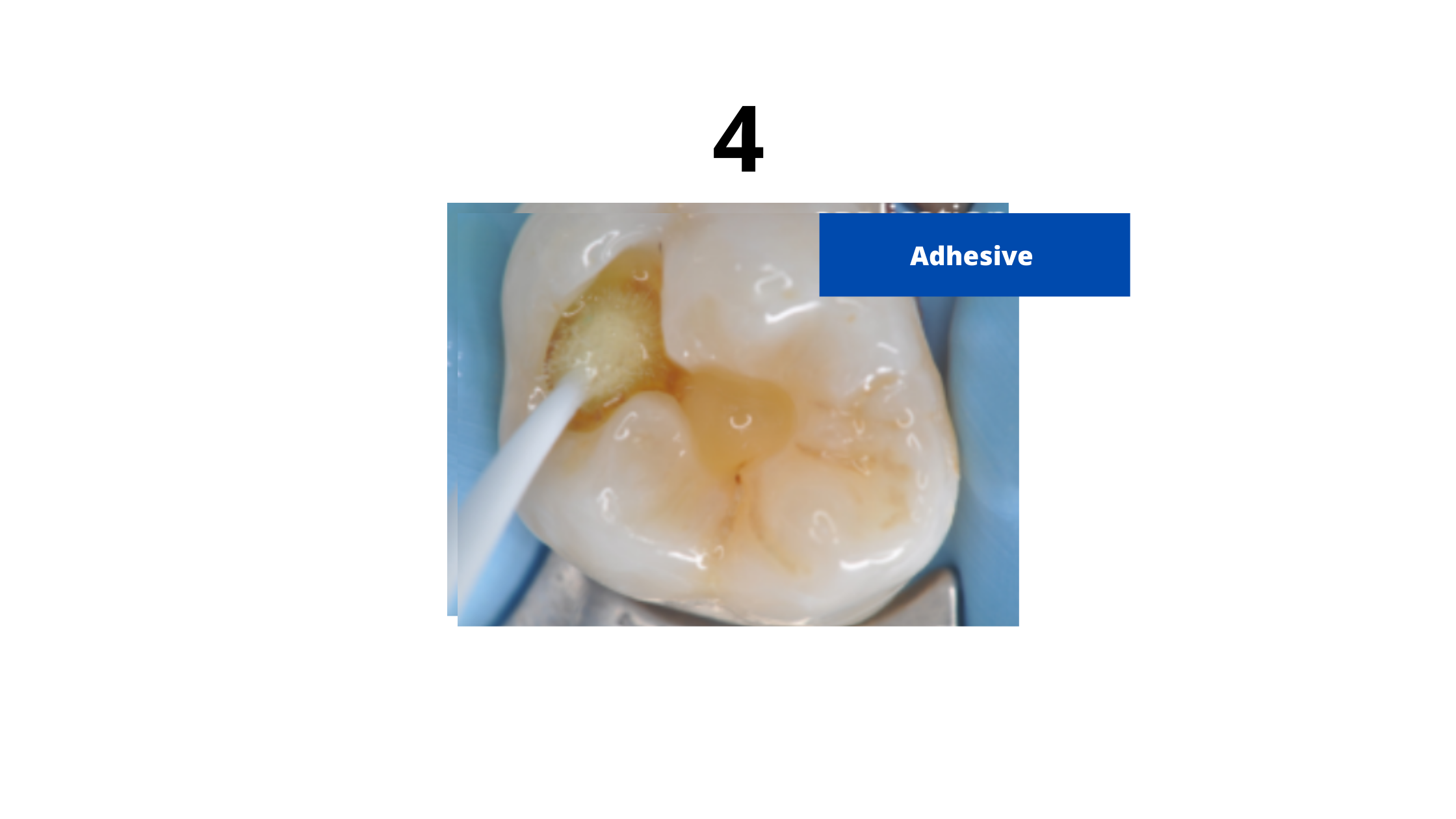
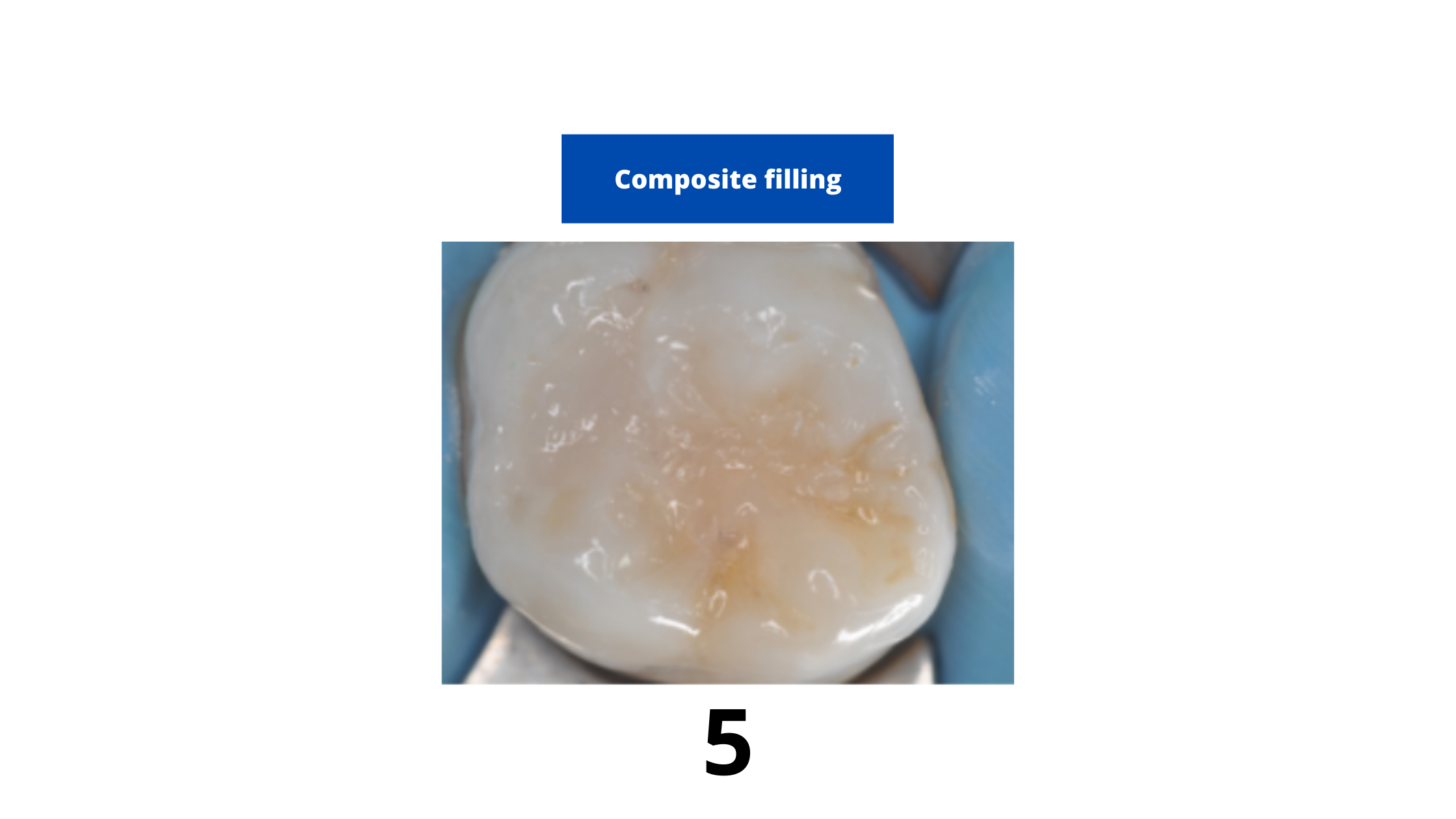
How Long Can a Dental Filling Last?
“How long will my filling last?” is a very common question patients ask.Amalgam fillings are known for their strength and durability, often lasting 10 to 15 years — and sometimes even longer with good care.
Composite fillings typically last around 5 to 10 years, depending on where they are placed and how much stress they endure. With proper care and regular dental checkups, composites can last for many years.
Glass ionomer cement (GIC) fillings are the least durable of the three, usually lasting about 5 years or less.
However, keep in mind that these are just general averages. Every patient is different. The lifespan of your filling will mostly depend on your oral hygiene habits, the size and severity of the cavity, and whether you have habits like teeth grinding or chewing on hard objects.
Potential Complications of Dental Fillings You Should Know About
While dental fillings are generally very successful, there is always a chance they can fail over time. Certain symptoms may indicate that a filling needs to be repaired or replaced.One common sign is sensitivity to hot or cold that lasts for more than a month.
You might also notice a crack in the tooth or the filling itself. In some cases, a new cavity can develop underneath an existing filling — another clear sign of failure.
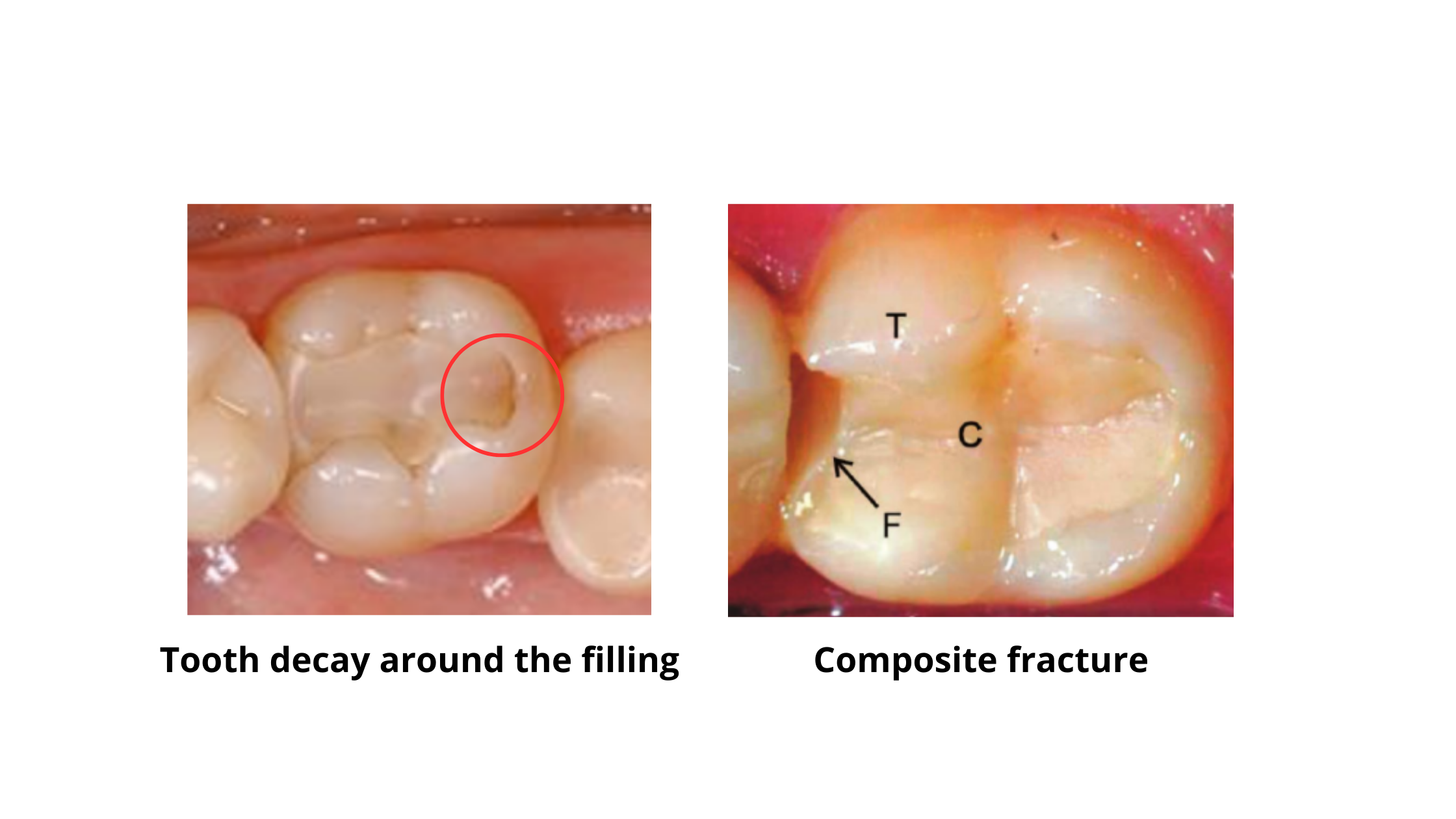
If the filling is not properly fitted, it can damage the tooth's nerve. This can lead to infection with severe pain, swelling, and even an abscess.
Several factors can increase the risk of failure, including:
- Poor oral hygiene
- Skipping regular dental checkups (twice a year is fine)
- Grinding or clenching your teeth
- Chewing on hard objects like nails, pens, or ice cubes
- Having a dry mouth
How To Care For Your Filling Properly?
Here are some tips on how to properly maintain your dental fillings:- Maintain good oral hygiene: Brush your teeth twice a day and floss once a day to prevent decay from forming around your fillings.
- Watch what you eat and drink: Avoid sugary and acidic foods and beverages that can damage your fillings, such as hard candy, soda, and citrus fruits.
- Don't grind your teeth: Teeth grinding can cause your fillings to crack or become dislodged, so it's important to wear a mouthguard at night if you grind your teeth.
- Visit your dentist regularly: Regular check-ups allow your dentist to detect any problems with your fillings early and address them before they become serious.
- Consider replacing old fillings: Over time, fillings can wear down or become damaged, so it's important to have them checked regularly and replaced if necessary.